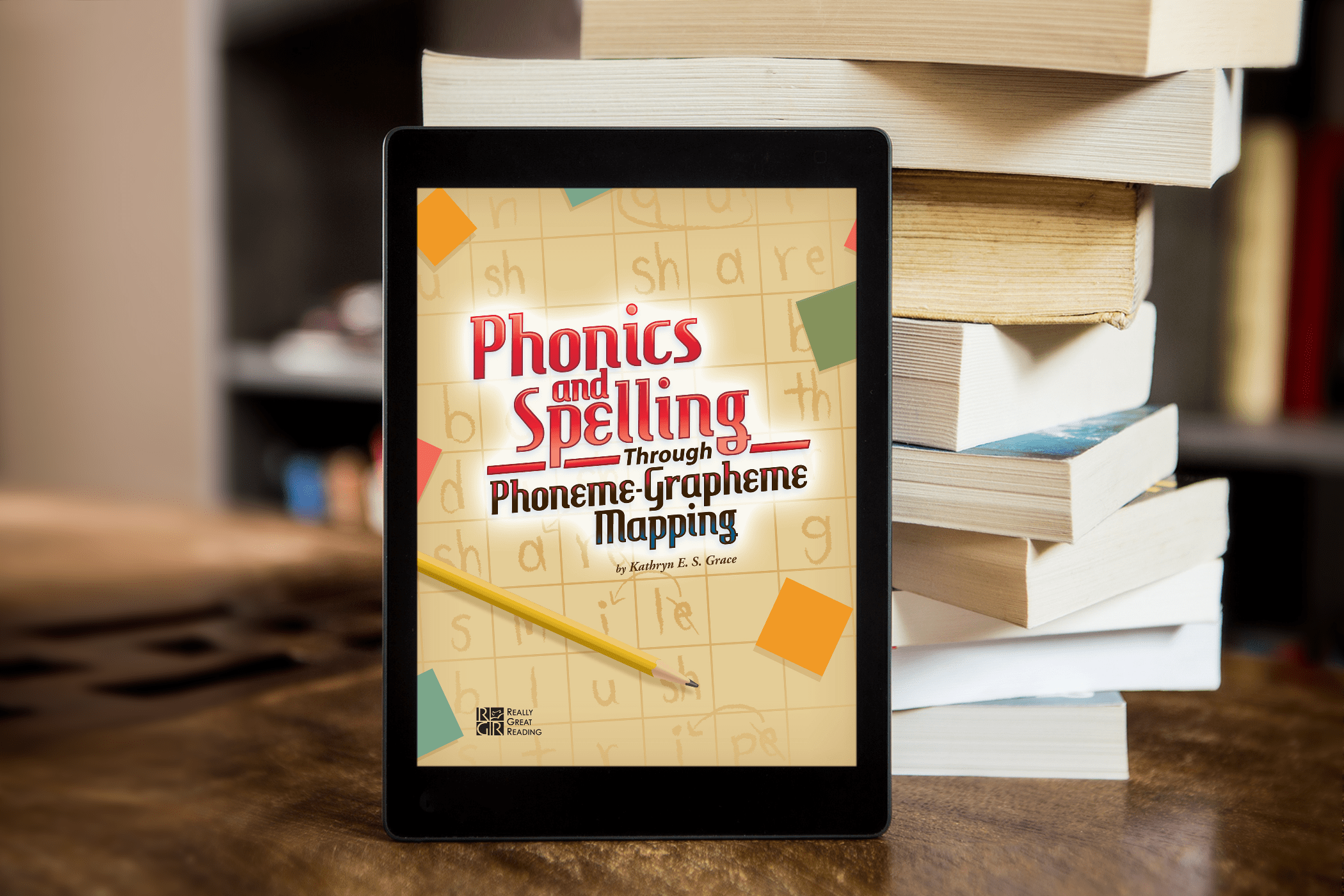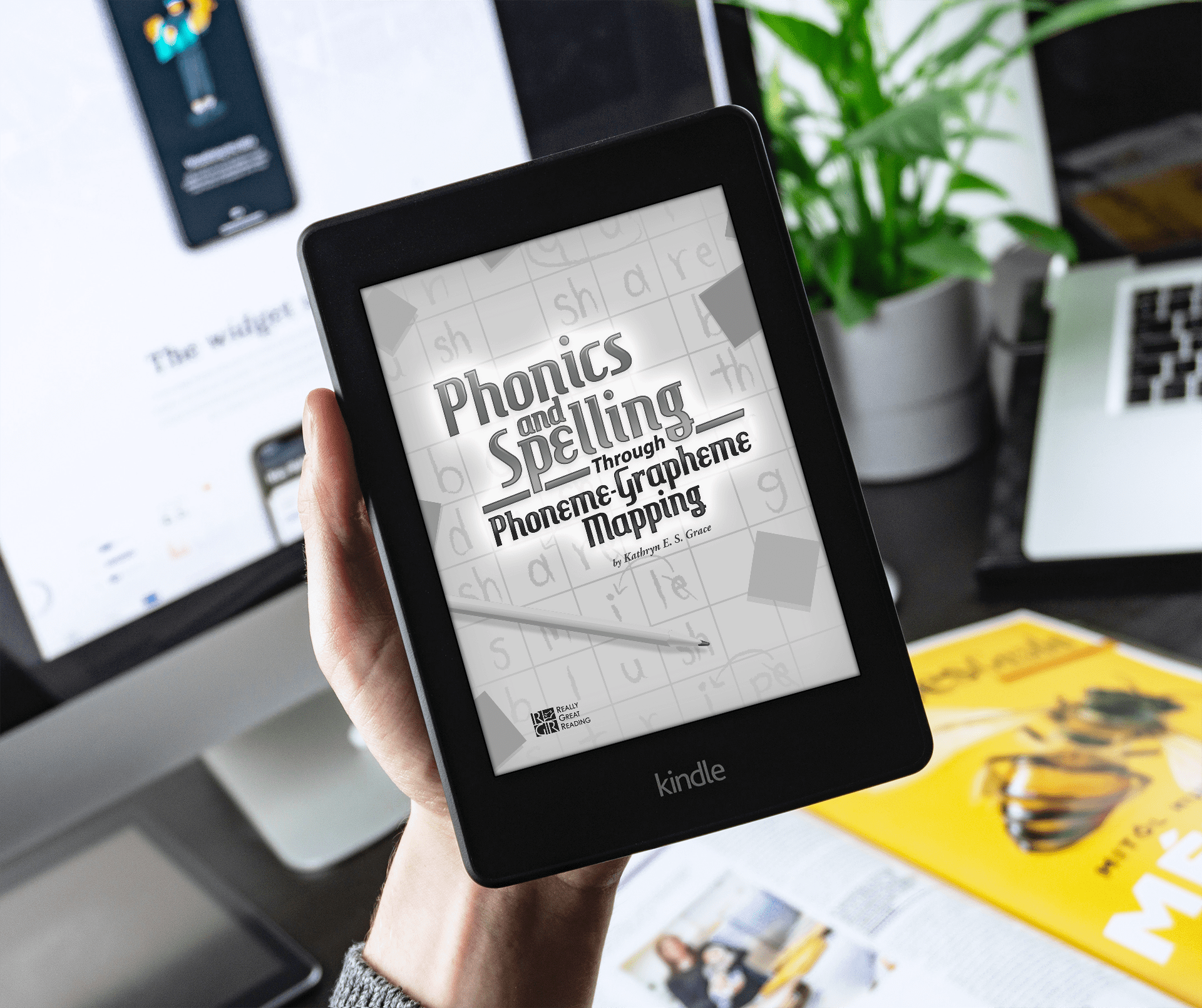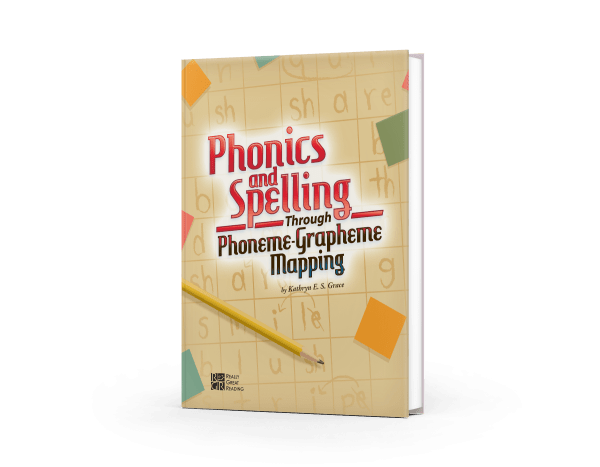Phonics and Spelling Through Phoneme-Grapheme Mapping (ebook)
Phonics and Spelling through Phoneme-Grapheme Mapping is a critically acclaimed work that contains sequential, systematic, and explicit lessons which help students understand the reality that the number of sounds (phonemes) they hear in a word may be different from the number of letters that represent those sounds.
Guaranteed safe checkout




Monday - Friday 9:00 - 17:00
Description
Description
Phonics and Spelling through Phoneme-Grapheme Mapping is a critically acclaimed work that contains sequential, systematic, and explicit lessons which help students understand the reality that the number of sounds (phonemes) they hear in a word may be different from the number of letters that represent those sounds.
- Phonics and Spelling through Phoneme-Grapheme Mapping strengthens phonemic awareness while simultaneously building an association of sounds to the spellings of words.
- Its multisensory elements help to bridge the brain’s phonological and orthographic processors to strengthen learning and recall.
- Phonics and Spelling through Phoneme-Grapheme Mapping facilitates Orthographic Mapping – the complimentary brain process that enables students to form connections between what they hear and what they see in print.
- Phonics and Spelling through Phoneme-Grapheme Mapping supports the development of automaticity and fluency with reading and spelling for all ages in one-on-one tutoring and in small group and whole-group settings.
- Phonics and Spelling through Phoneme-Grapheme Mapping provides the one-to-one correspondence easily grasped and familiar to young students as a math concept but lacking in sound-to-spelling relationships.
Phonics and Spelling through Phoneme-Grapheme Mapping was created to help students understand the reality that the number of sounds (phonemes) they hear in a word may be different from the number of letters that represent those sounds. This procedure employs a variety of mapping methods to illustrate the complex, yet predictable, phoneme/grapheme relationships in our written language.
By mapping sounds to print, students acquire a meta-cognitive approach to decoding, spelling, and reading skills.






